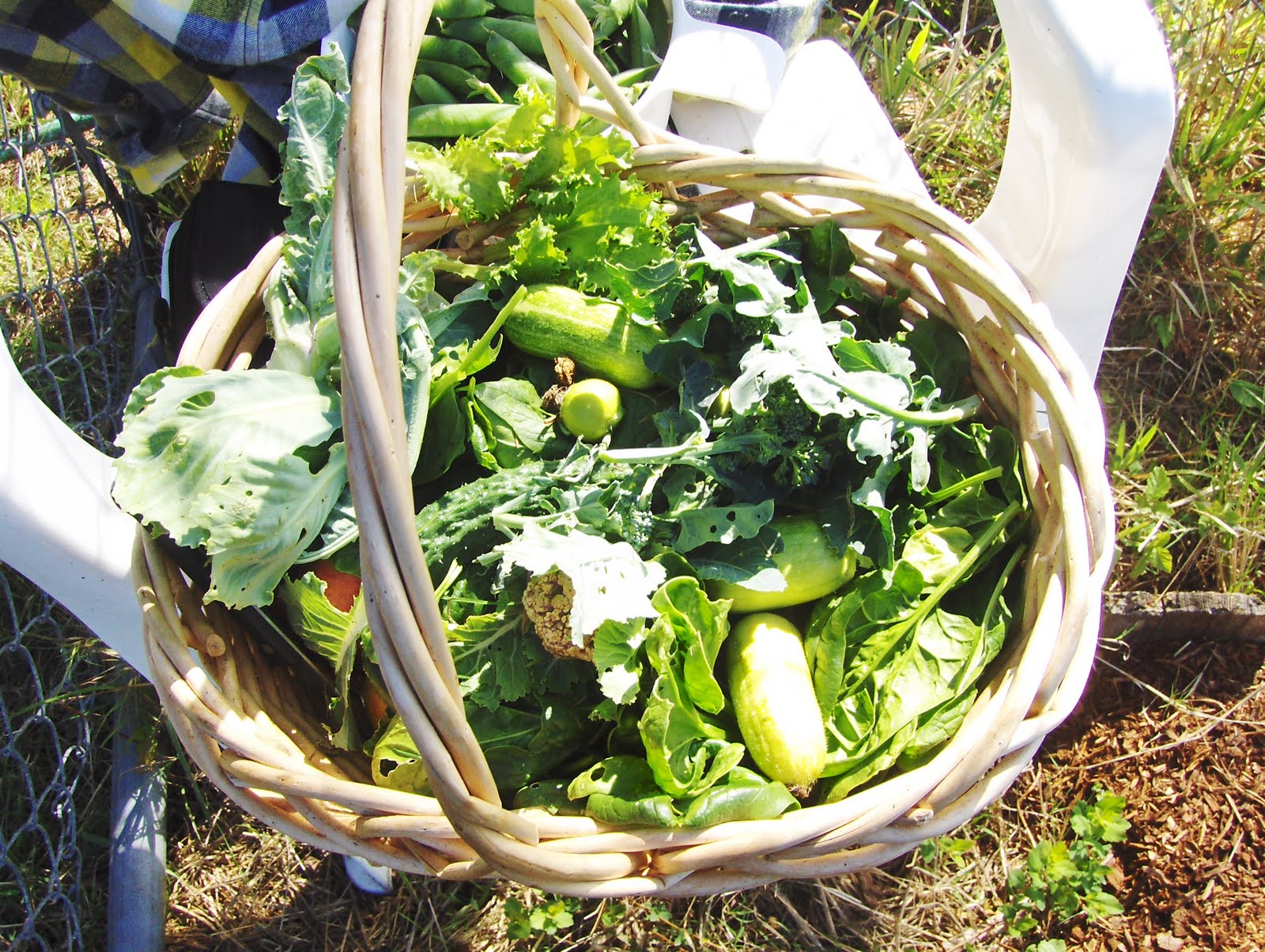Home-made granola, recipe by Alton Brown.
For something you have never done, or a dish you have had in a restaurant and can't wait to try making at home, a recipe and instructions from a chef are just what you need. But, for everyday cooking, you must begin with a sense of adventure. Taste raw vegetables; add them to your snack bag; eat as many raw foods as you can in a day. Then, bake them in the oven with a dash of oil and salt and eat them roasted. Walk the produce aisle and smell anything you have never eaten before.
Try to prepare meals you truly enjoyed as a child by looking up those recipes on line. Among the hundreds of variations you will identify the one that is closest to what you remember. Copy that, and make it with the precise ingredients and measurements and step=by=step instructions. If that went well, then, the next time try to add or subtract, substitute one pinch of this with that. Now, as you experiment with the original, you can identify the change you brought in.
I had never used kale in my cooking, for instance, and since it was available in my daughter's house when I visited her, I used it instead of cabbage in the minestrone.
Until you prepare two, three main dishes of your knowledge from scratch, you cannot begin to have confidence in building other meals after you have tasted them in a restaurant or seen them prepared on television.
Meals prepared at home can be as simple as eggs on toast. Simple protein, and a grain product. With a salad, you have a full meal.
You will have tons of money this way. More importantly, you will have the opportunity to relax as you rinse and spin your greens, cut up some tomatoes to make your salad. If you begin to make your salad dressings, you have eliminated the extra additives that manufacturers have to add to assure salad dressings can sit on the shelf for months. By eliminating even one additive, you have clarified your digestive system for that meal.


Great suggestions. I've never eaten Kale. We grew it in the garden last summer, but I didn't know what to do with it…how to prepare it, or when to pick it (like, how big is too big?). This summer I'm going to get a friend who knows to show me what to do with it. We have new raised beds and we're looking forward to another good gardening season.
ReplyDeleteI'm trying to add kale to my diet for the high calcium content. it's growing in the garden even as I write but besides treating it like any green and boiling it, don't really know what to do. adding it to soup sounds good as we keep all leftover in a container until we have enough for a pot of 'left over' soup.
ReplyDeleteUse Kale the way you use spinach: broken in small pieces it can be added to salads, soups, added to hot pasta and mixed in just before adding a sauce, in stuffings, as in meat loaf, burritos, enchiladas, as well as plainly sauteed with lots of onions and garlic as a side dish. Don't forget to pull the curly ends off from the stock. The stock can go into soups if you choose. It is a cruciferous vegetable as broccoli, cabbage...
ReplyDeleteMy daughter makes the most delicious dish with kale and brussel sprouts with pomegranate seeds. I must post the recipe. I once had a wonderful homemade granola recipe, but I lost it. I must explore with some I find online and see if I can recapture the taste of the one I really liked.
ReplyDelete